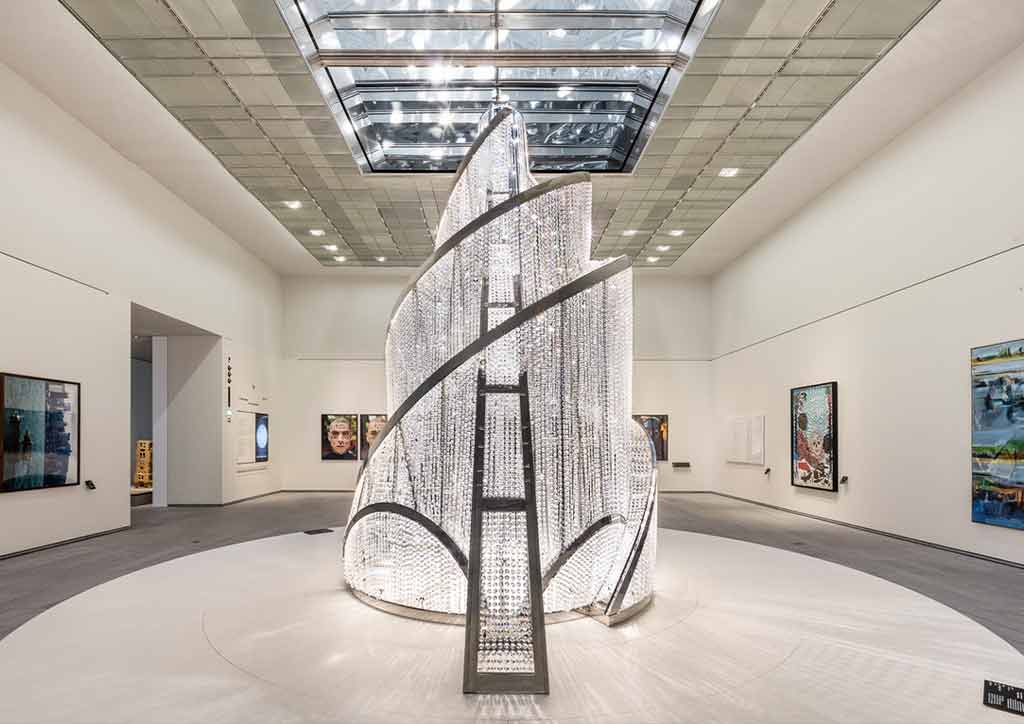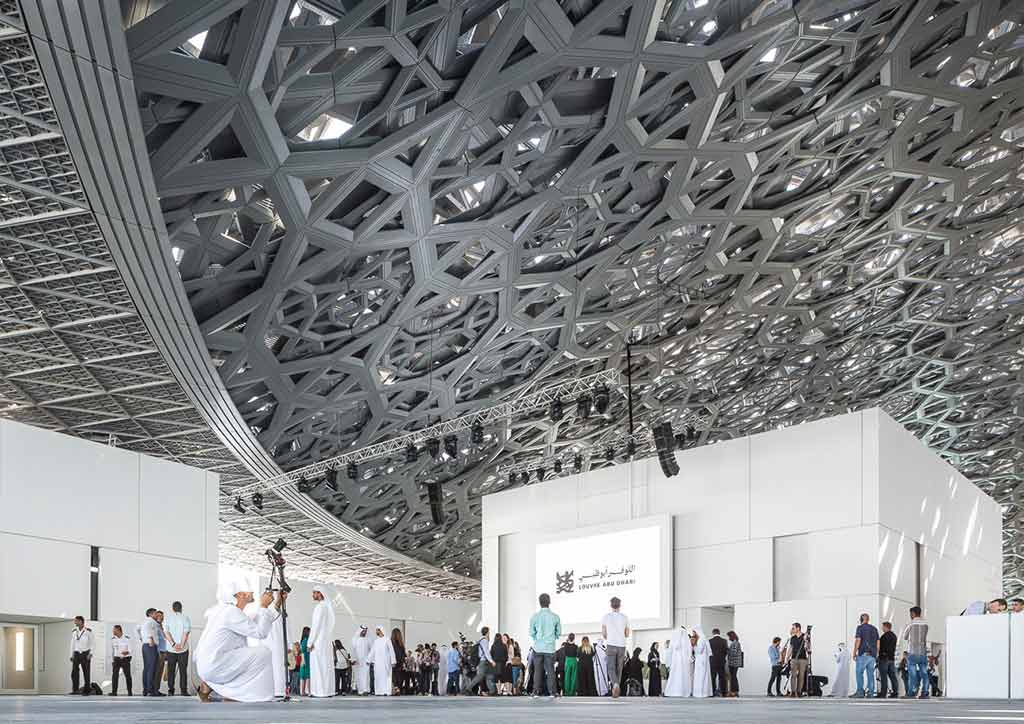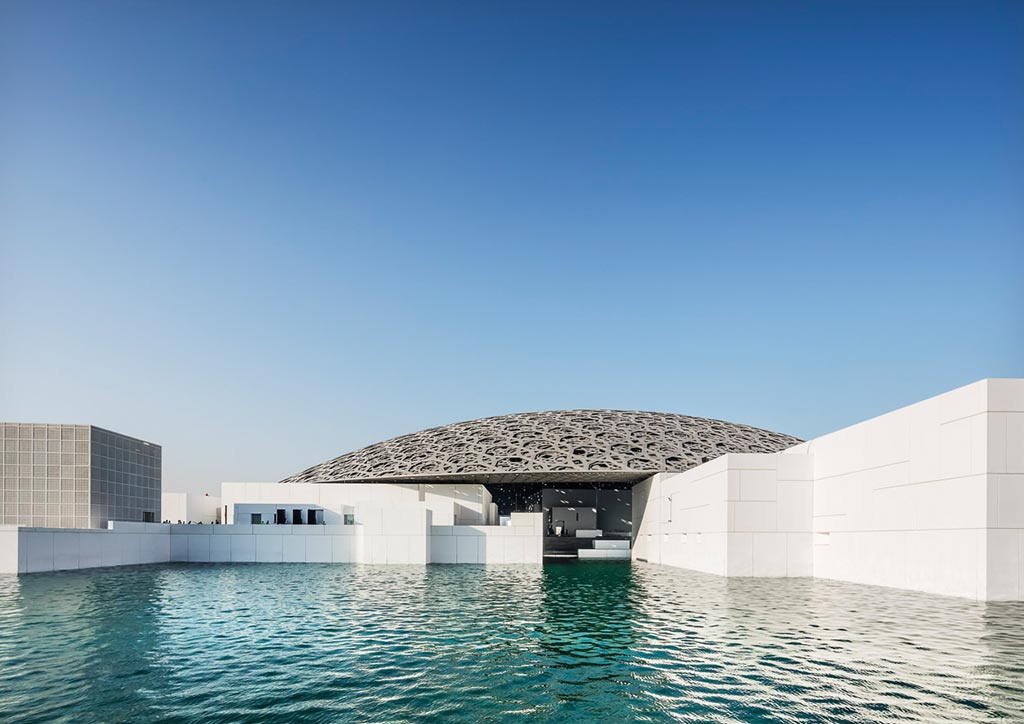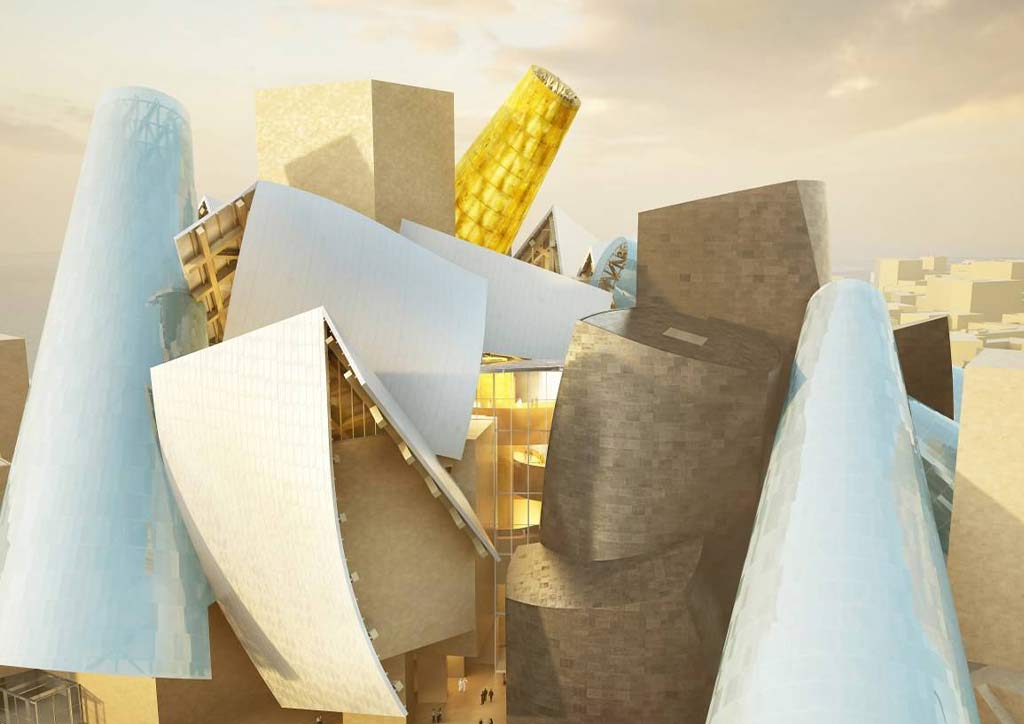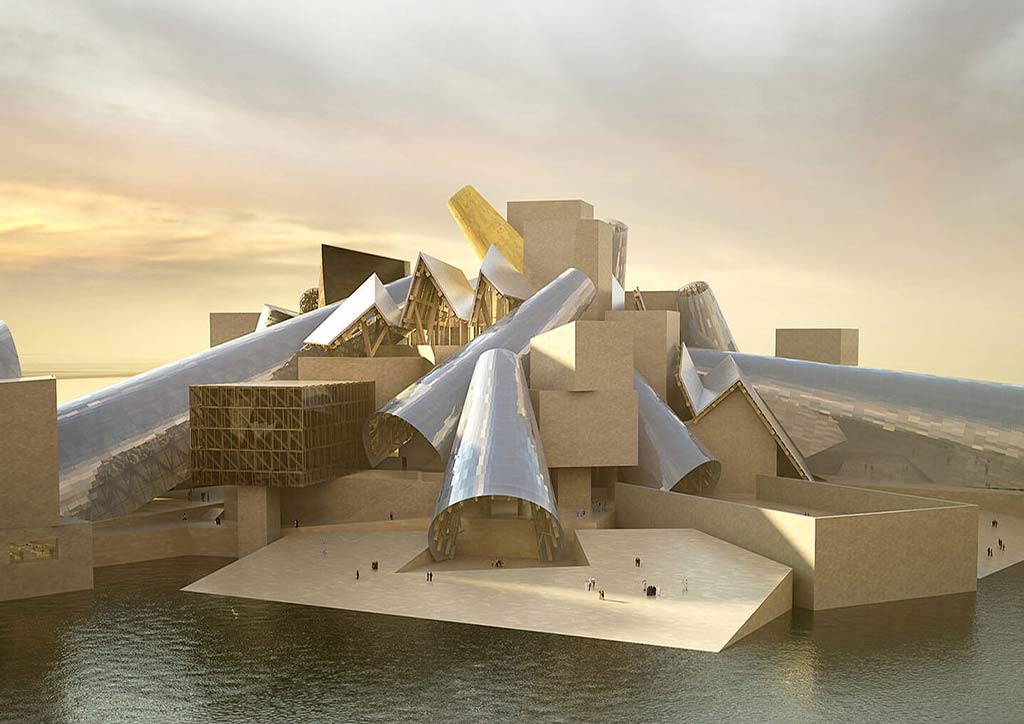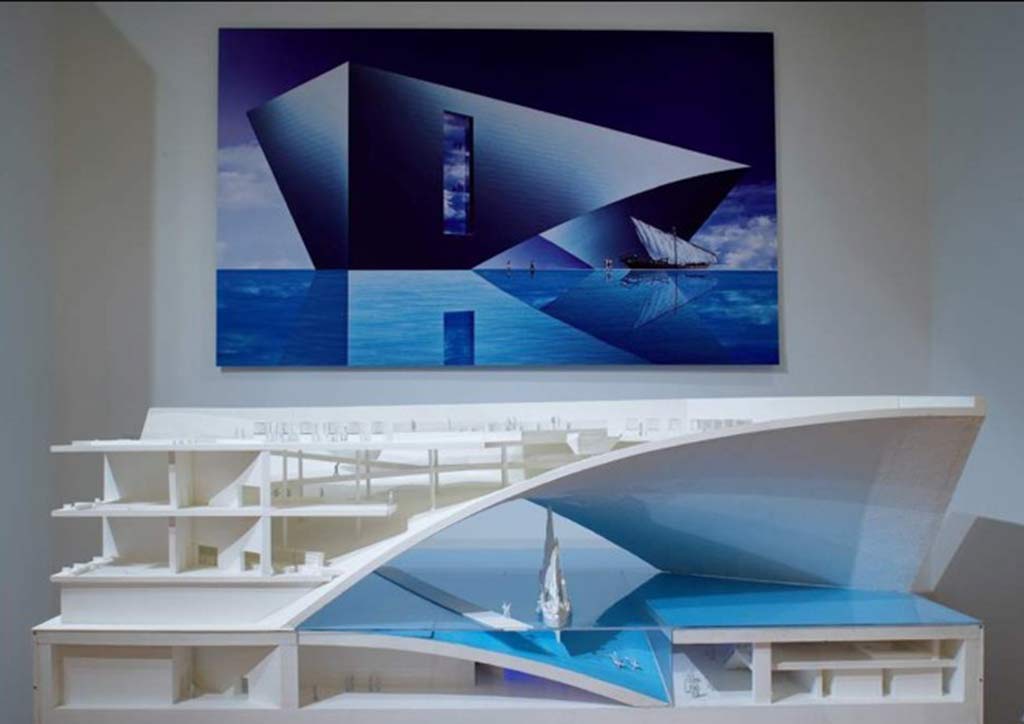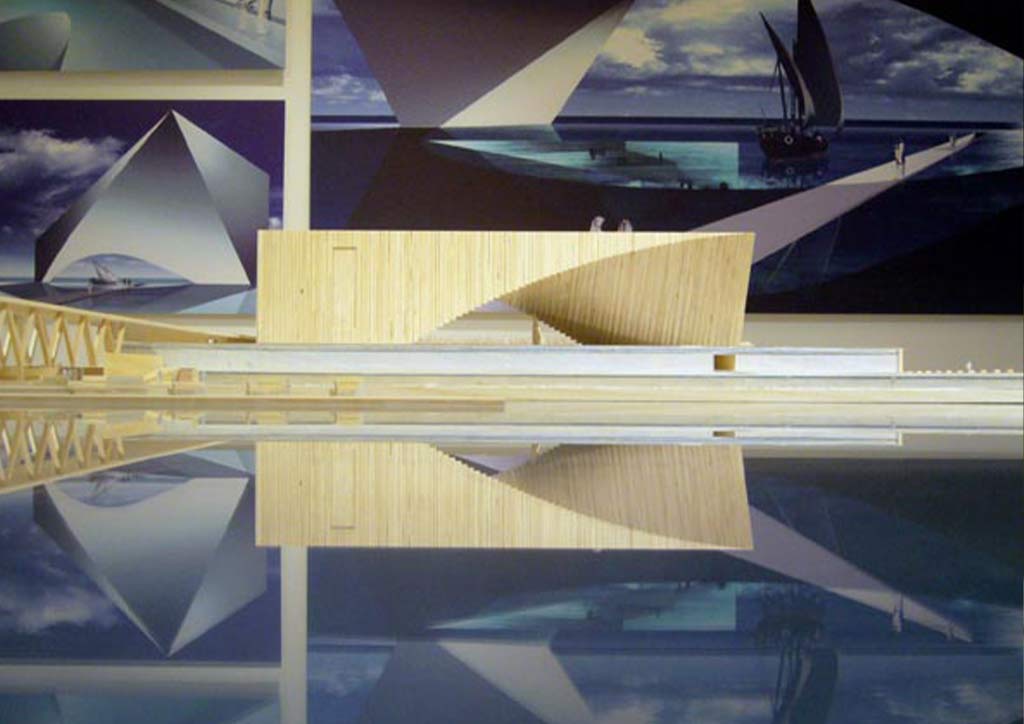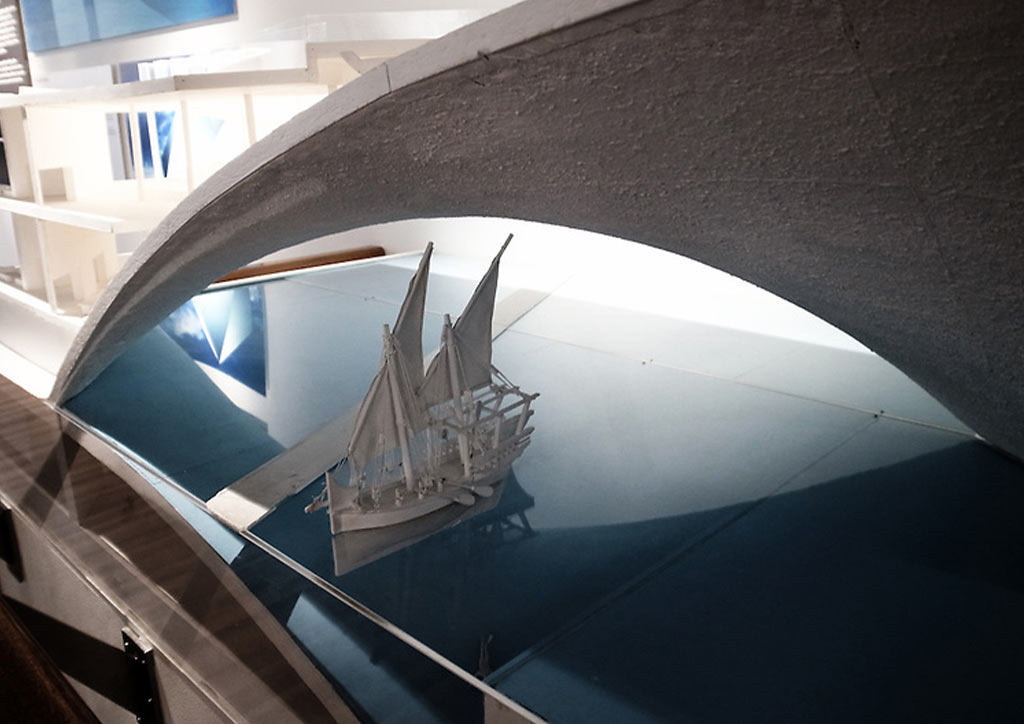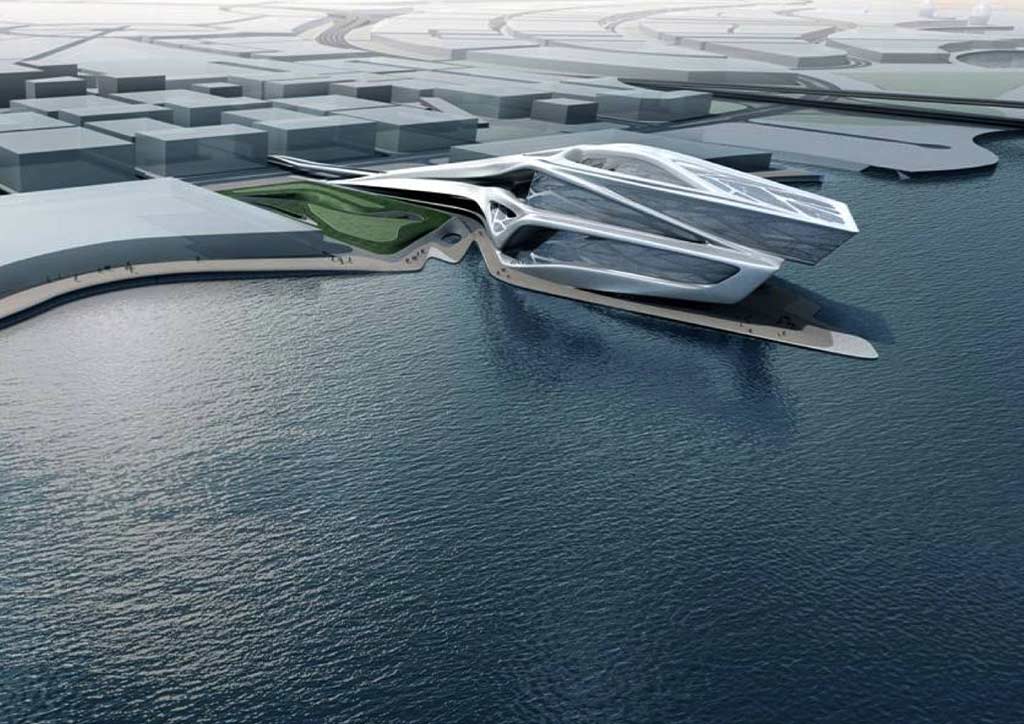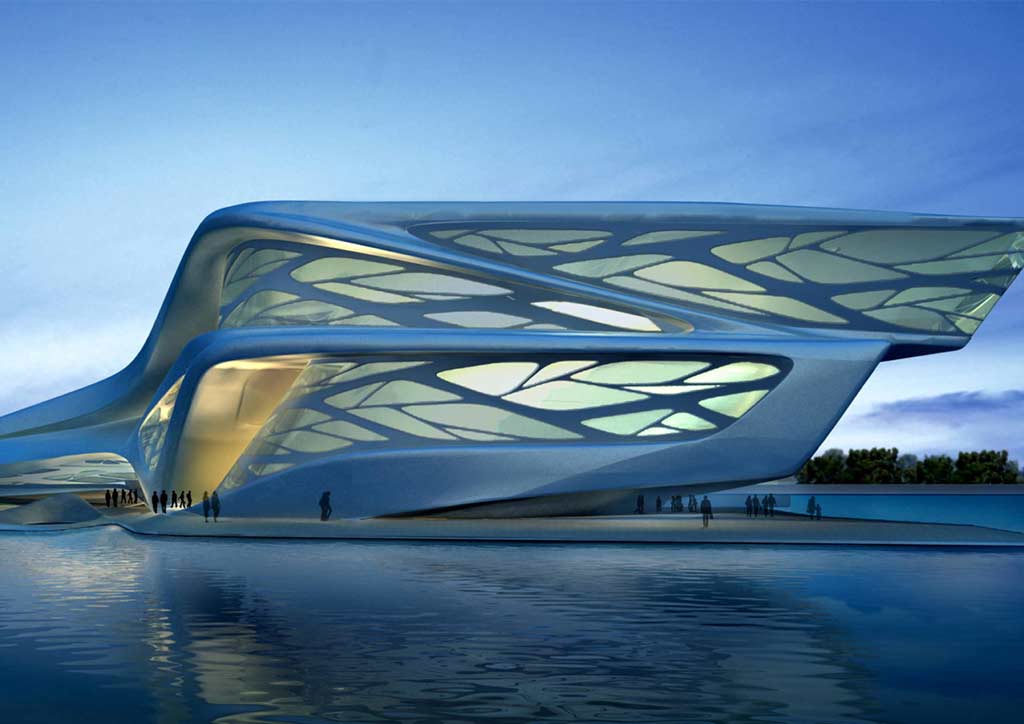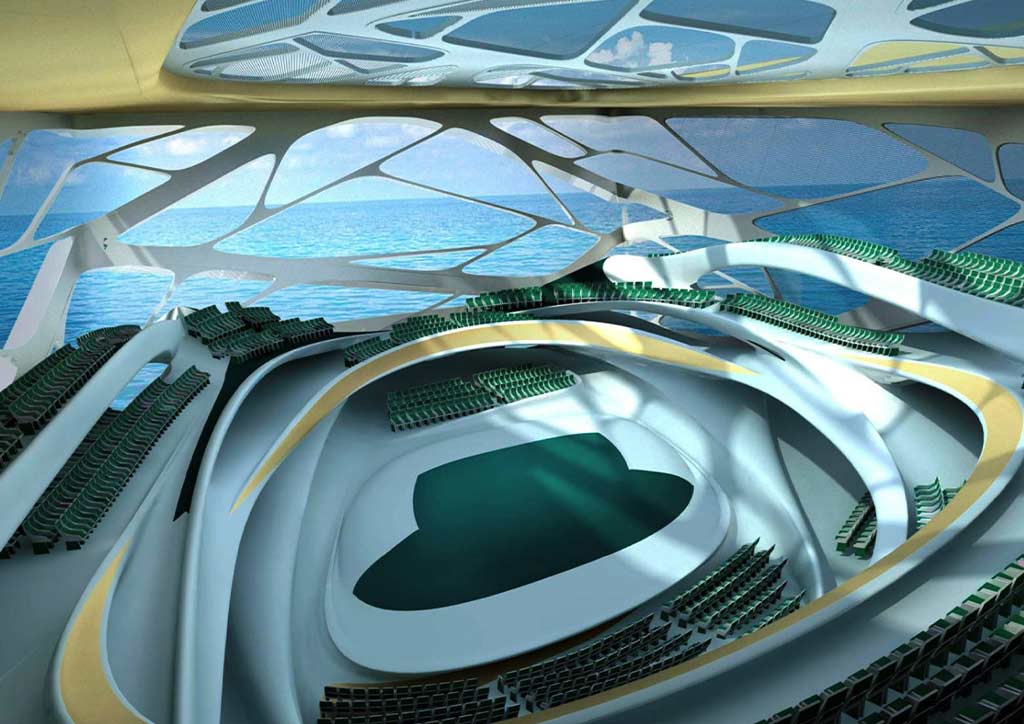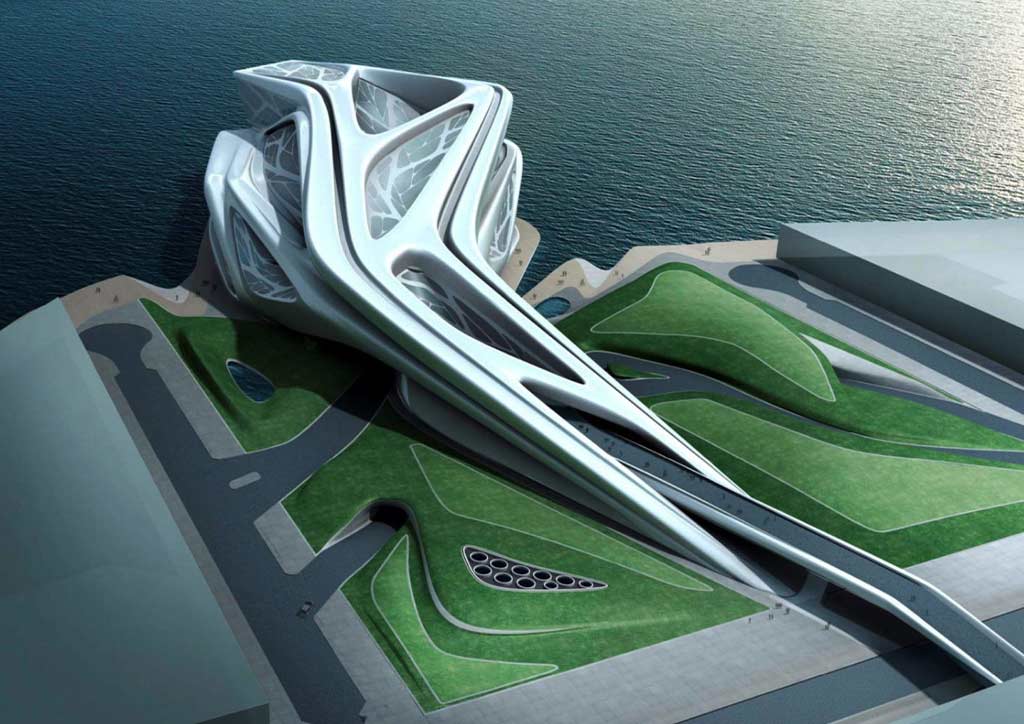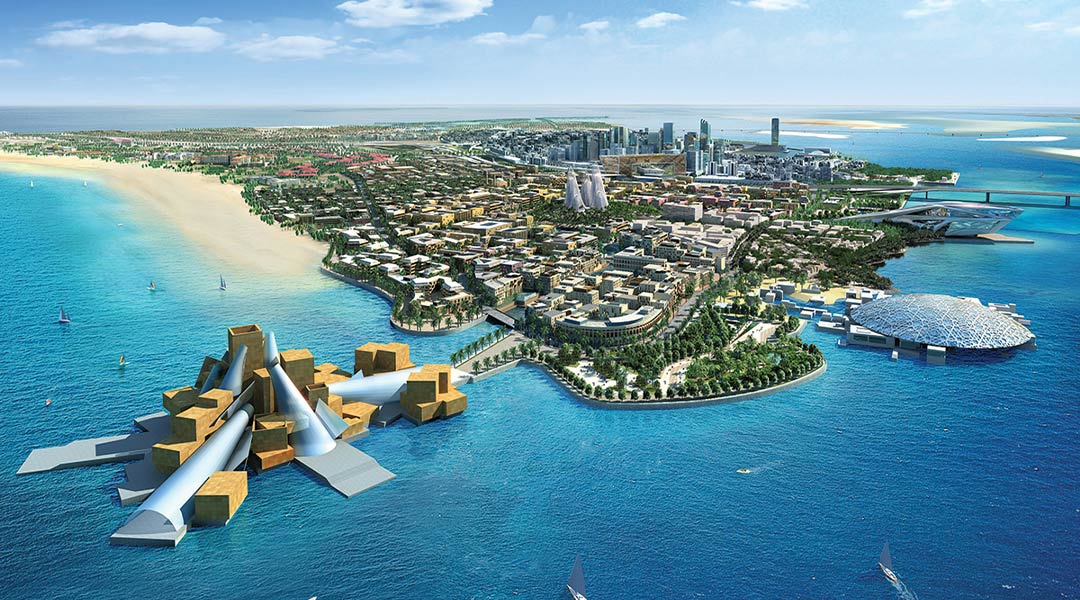
Abu Dhabi’s Saadiyat Island Cultural District Continues to Move Forward
Fourteen years ago, on January 31, 2007, Abu Dhabi announced the official start of construction of the Saadiyat Island Cultural District. The cultural district is only one of the total of 7 districts. The other six districts include the Beach, Marina, Promenade, Lagoons, Reserve, and Retreat Districts. Having a total of about 2,430,000 square meters, the district will be the country’s biggest art hub and cultural destination for both local and international visitors alike. Originally, the entire development is eyed to be completed in 2020. Of course, projects as enormous and prestigious as these, several delaying factors would come into play, and one is the unexpected current pandemic situation.
As one of the world’s top oil producers, the Saadiyat Island Cultural District is set to building a major tourist destination, starting a new era of architectural wonders. One of the most noteworthy aspects of the development is that it will be the only place in the world, to date, to boast a collection of landmarks designed by 5 Pritzker Prize Winners – Frank Gehry (1989), Tadao Ando (1995), Norman Foster (1999), Zaha Hadid (2004), and Jean Nouvel (2008).
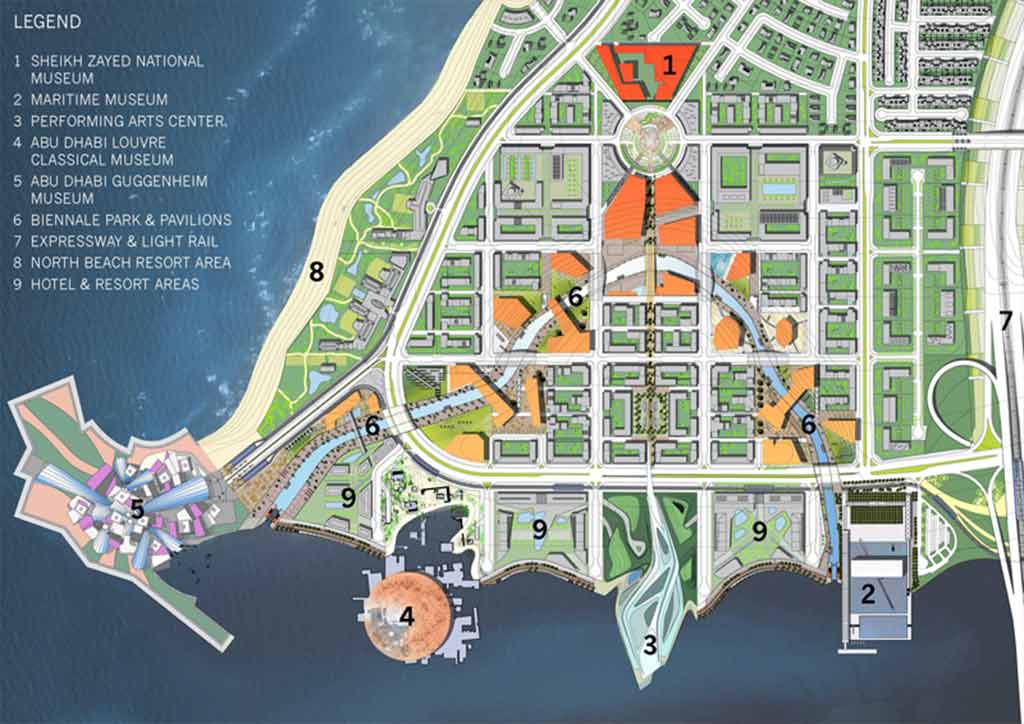
___________________________________________________________________________________________________
Jean Nouvel’s Louvre Abu Dhabi, The First of Its Kind
Dubbed as “the first universal museum in the Arab world”, it is also the first museum to open on the island. After a year of design conceptualization and an 8-year construction period, the “museum city” in the sea was inaugurated last November 8, 2017, officially opening its doors to museum enthusiasts. The design exhibits “a floating dome of light and shade” with the iconic 180-meter diameter 8-layered dome that creates playful showers of lights and shadows resembling that of twinkling stars. “For me, great Arab architecture (is) geometry with lights,” says Nouvel. “I also wanted to play on this idea of openness, that of a desert open to the sea,” he adds. The museum is made up of a total of 55 contrasting white buildings that includes 23 galleries, making it the largest art museum in the Arabian Peninsula.
___________________________________________________________________________________________________
Norman Foster’s Zayed National Museum, The Premier Museum in UAE
Set to open in 2022, it will be the second one to be completed among the said 5 landmarks. The museum will feature the story of the late Sheikh Zayed bin Sultan Al Nahyan (1918-2004), the founding father and first president of the United Arab Emirates. It will also highlight the rich history, culture, and remarkable economic transformation of the country. The aesthetics comprise of five solar thermal towers that will act as a chimney drawing cool air to naturally flow within the museum. These towers will be made of lightweight steel structures and are to be sculpted aerodynamically resembling like the feathers of falcons relating to Sheikh Zayed’s love for falconry. As a nature lover also, the museum is set within a majestic, landscaped garden. A total of seven permanent galleries will be present at the museum – Sheikh Zayed: Life and Times, Falconry and Conservation, Land and Water, People and Heritage, History and Society, Science and Learning, and Faith and Islam Gallery.
___________________________________________________________________________________________________
Frank Gehry’s Guggenheim Abu Dhabi, Starting A Cultural Exchange
Just last September 29, 2021, Abu Dhabi confirmed that its Guggenheim Museum will be officially opening its doors in 2025. It will focus on global modern and contemporary art, fostering a deeper understanding of the interconnection of cultures through differences in art perception. According to Guggenheim Foundation, “Our objective is not to be confrontational, but to engage in a cultural exchange”. The museum will have four storeys of central galleries that are laid out around a courtyard. The classical contemporary galleries will be completely air-conditioned, addressing art preservation, and skylights will be integrated. The larger galleries will have a more industrial feature that will house the newest collection of contemporary art. The inspiration for the cone-like structures was based on the traditional covered courtyards and wind towers that are used to cool structures in the Middle East.
___________________________________________________________________________________________________
Tadao Ando’s Maritime Museum, The Land and The Sea
Next on the lineup of museums is the Maritime Museum. The museum will showcase the country’s rich maritime heritage and long relationship with the sea. The architecture took a strong lead from understanding the vital role of the Arabian Gulf to the lives of the local people. The exterior displays a unique space forming a sail full of wind that seems to be carved out from a simple volume. “The solitary form stands like a gate over a vast water court, defining a space of encounter between two important landscape elemens of the city’s culture: the land and the sea,” excerpt from Ando’s design statement. The project will also include an underground aquarium, a traditional dhow, and will feature the “Memory of Zayed”, the boat that completed a charity journey across the Atlantic Ocean in 2007.
___________________________________________________________________________________________________
Zaha Hadid’s Performing Arts Center, Fruits on The Vine
Completing the prestigious landmarks project is Zaha Hadid’s neo-futuristic Performing Arts Centre. The 62-meter-high center will house five theaters – a music hall, a concert hall, an opera house, a drama theater, and a flexible theater, with a total of 6300 seating capacity. Each venue will be separated from one another by individual foyers that are connected to a central space. This central space will be naturally lighted as skylights will be integrated into the design. “We wanted to create a marketplace-like situation that has an urban feel,” shares Nils-Peter Fischer, the project director. The aesthetics exude an interesting form mirroring a growing organism spreading through artistic branches forming like “fruits on the vine”. The interior spaces will be fluid and smooth following the complex curved shape of its exteriors.
Article Credits: Louvre Abu Dhabi images courtesy of Luc Boegly & Sergio Grazia ©; Zayed National Museum images courtesy of Foster+Partners ©; Guggenheim Abu Dhabi images courtesy of Gehry Partners ©; Maritime Museum image courtesy of Emirates Palace Design Exhibition 2007 ©; Performing Arts Center images courtesy of Zaha Hadid Architects ©.

